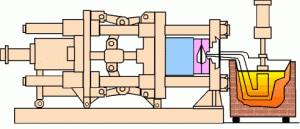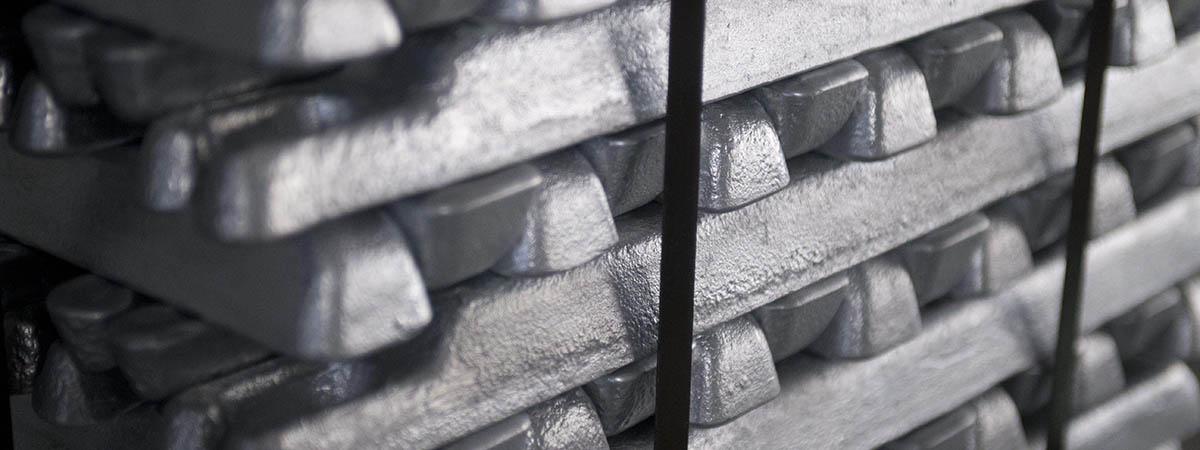Die-casting is a manufacturing process that the metal is injected into the mold under high pressure of 10-210Mpa (1,450-30,500) psi . This results in a more uniform part, generally good surface finish and good dimensional accuracy, as good as 0.2 % of casting dimension. For many parts, post-machining can be totally eliminated, or very light machining may be required to bring dimensions to size. Die-casting can be done using a cold chamber or hot chamber process.
• In a cold chamber process, the molten metal is ladled into the cold chamber for each shot. There is less time exposure of the melt to the plunger walls or the plunger. This is particularly useful for metals such as Aluminum, and Copper (and its alloys) that alloy easily with Iron at the higher temperatures.

• In a hot chamber process the pressure chamber is connected to the die cavity is immersed permanently in the molten metal. The inlet port of the pressurizing cylinder is uncovered as the plunger moves to the open (unpressurized) position. This allows a new charge of molten metal to fill the cavity and thus can fill the cavity faster than the cold chamber process. The hot chamber process is used for metals of low melting point and high fluidity such as tin, zinc, and lead that tend not to alloy easily with steel at their melt temperatures.

Die casting molds (called dies in the industry) tend to be expensive as they are made from hardened steel-also the cycle time for building these tend to be long. Also the stronger and harder metals such as iron and steel cannot be die-cast.
